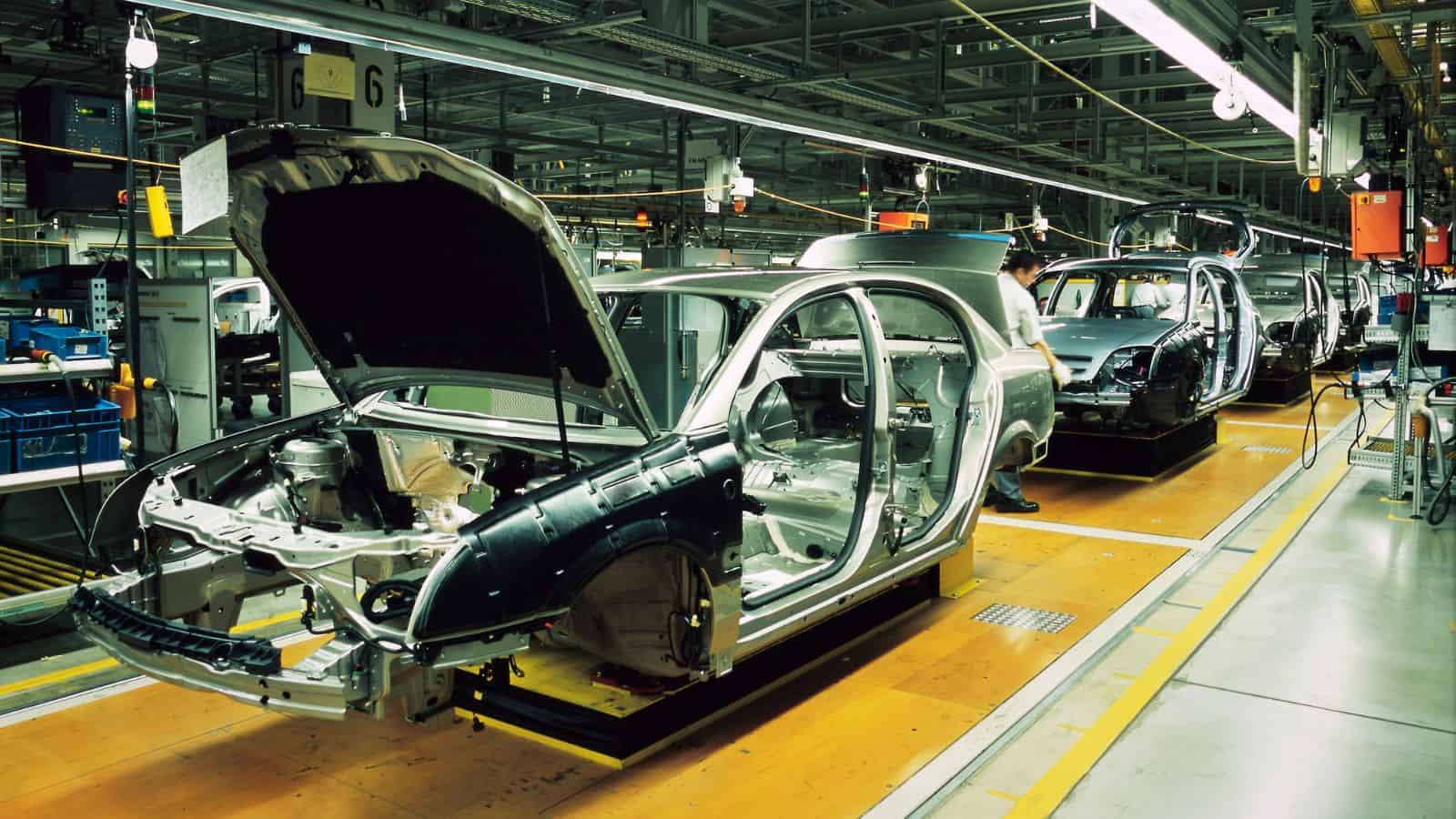The Germans have cars, the English have steam engines, and Americans have their own unending list of inventions that shape the world we live in today. Here are 17 of these that have some of the most impact on our daily lives.
Telephone Communication

Alexander Graham Bell’s 1876 invention changed how we communicated over long distances and greatly improved our personal and business lives. His patented telephone is the source of the payphones, landlines, and smartphones we’ve come to love over the decades.
Electronic Washing Machines

Doing the laundry used to be a lot harder than you consider it today. Thankfully, Alva John Fisher innovated existing concepts around washing machines in 1916 to give us modern, electronically-operable versions that were faster and brought us more comfort.
Global Positioning Systems (GPS)

One of the few innovations from the US government itself, the introduction of GPS by the Department of Defense in 1973, allowed us to ditch maps for better, real-time navigation equipment. Individually, Roger Lee Easton received the most attention for its invention, and the US government still owns the technology today.
Automobile Assembly Lines

Henry Ford’s vision was to reduce the manufacturing time of cars from the lengthy 12-hour average. Fortunately, he achieved this with his assembly line in 1913. Henry’s moving assembly line allowed cars to be made within two hours, facilitating the mass production of vehicles and making them more available and affordable for everyone.
Airplanes

American brothers Orville and Wilbur Wright invented air travel in 1903. Since then, it has connected everyone worldwide and even evolved to take us off the planet. We can travel across countries in a matter of an hour now, and the delivery of goods and services has never been faster.
The Lightbulb

The lightbulbs you use to brighten up your homes, navigate through the roads and work comfortably at night all come from Thomas Edison’s brilliance. Although electric arc lamps existed before 1879, Thomas’ incandescent lamps were the first to stay on for hours without burning out, allowing for practical use in homes.
Electric Refrigerators

In 1913, in Fort Wayne, Indiana, Fred Wolf innovated from the earlier contributions of Oliver Evans and Michael Faraday to present us with the first electric refrigerator fit for home use. His model wasn’t flawless, but his idea opened the floodgates for mass production and innovation, and others improved the refrigerator from there.
Microwave Ovens

The Second World War came with advanced radar technology, and Percy Spencer built on this to create the predecessors of our modern microwaves. The BLS reveals that Percy’s successful experimentation with popcorn kernels in 1945, commercially named the “Radarange” in 1947, has now become a staple in 90% of American homes.
The Internet

Without Bob Kahn and Vint Cerf inventing TCP/IP, the protocols that define how data moves through a network, you wouldn’t be reading this post today. The internet has revolutionized how we communicate, do business, and explore the world even further than regular telephones or computers could.
Electronic Mail

MIT graduate Raymond Tomlinson invented ARPANET, his own version of TCP/IP-powered internet, and sent the first-ever electronic mail to himself in 1971. Electronic mail now allows us to communicate faster than ever, and without Tomlinson’s ARPANET and its innovative public packet switching, this wouldn’t have been possible.
Traffic Lights

American Garrett Morgan invented manually operated traffic signals in 1922. He then built on this system to create the first three-position electronic, automatic versions in 1923. These have since saved everyone across the world from unimaginable numbers of fatal pedestrian and automotive traffic incidents.
Electronic Hearing Aids

In 1893, Miller Reese Hutchison implemented electronic currents to amplify sounds, giving us the first electronic hearing aid. Amazingly, his design was portable, too! Although it isn’t as perfect as normal hearing, this innovation has fortunately given people with mild to severe hearing loss the chance to understand everyone around them more clearly.
Polio Vaccines

The polio vaccine by American Jonas Salk, invented in 1955, now saves children from irreversible paralysis and half a million people from dying annually across the world. The WHO tells us that cases dropped from just below 60,000 to barely 160 in the US only six years later.
Digital Cameras

The introduction of the digital camera in 1975 made photography widely affordable and simplified how we saved memories and shared moments with loved ones. Steven Sasson’s invention was heavy and as big as a toaster, but it got the job done and was portable enough to pass as a personal camera too.
Video Game Consoles

Interactive video gaming has been popular since 1972, and it’s all thanks to German-American Ralph H. Baer’s Magnavox Odyssey system. It’s regarded as the first commercially available home video game console, and we’d never have enjoyed Gameboys, Xbox, and PlayStations without it.
MRI Machines

After acquiring his patent in 1972, Raymond Damadian built the first MRI machine in 1974—a full-body piece of equipment that scanned its first human in 1977. Through his MR scanning success, Damadian has improved the medical diagnosis of internal body parts like our organs, bones, muscles, and blood vessels.
Electric Guitars

Last but not least, Britannica reminds us that “the first true electric guitar was invented in the early 1930s by George Beauchamp.” The American got some help from Adolph Rickenbacker, but this allowed him to give the music scene a future-proof electric guitar design, one that is still popular to this day!
